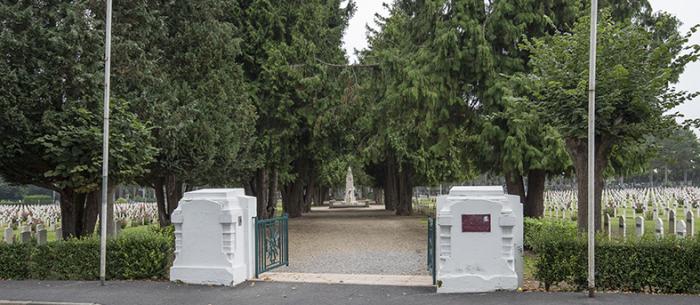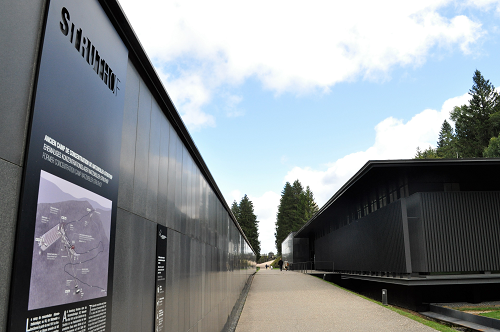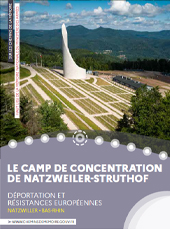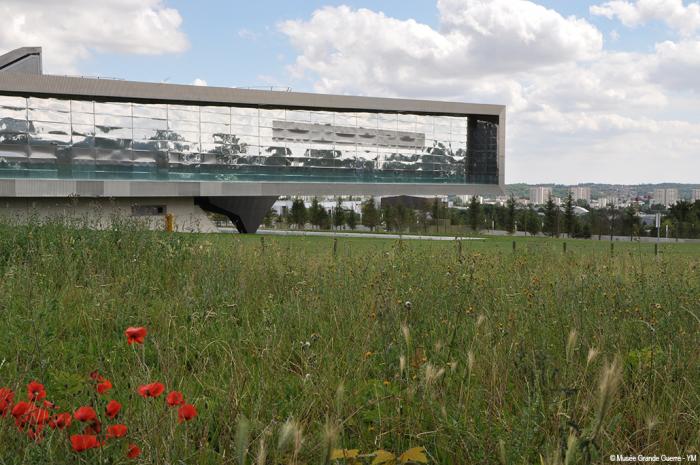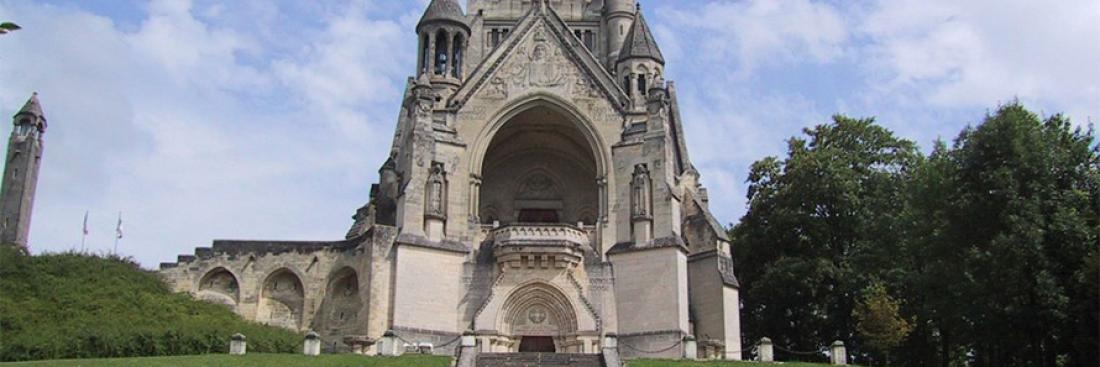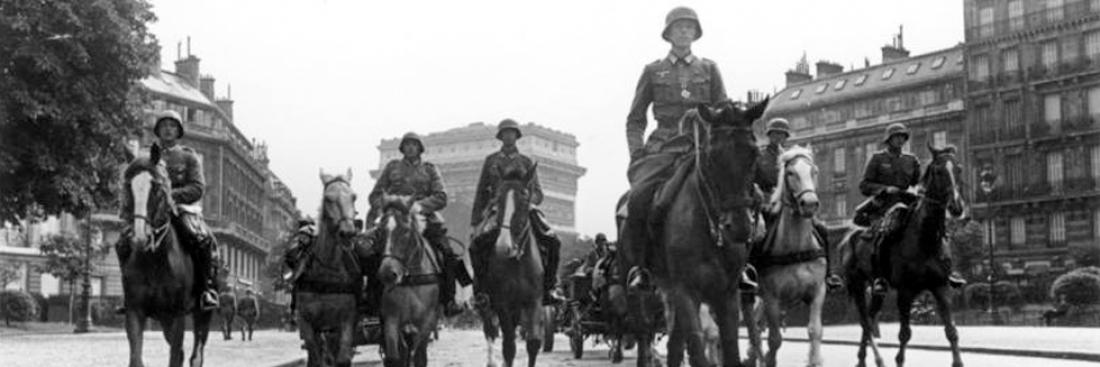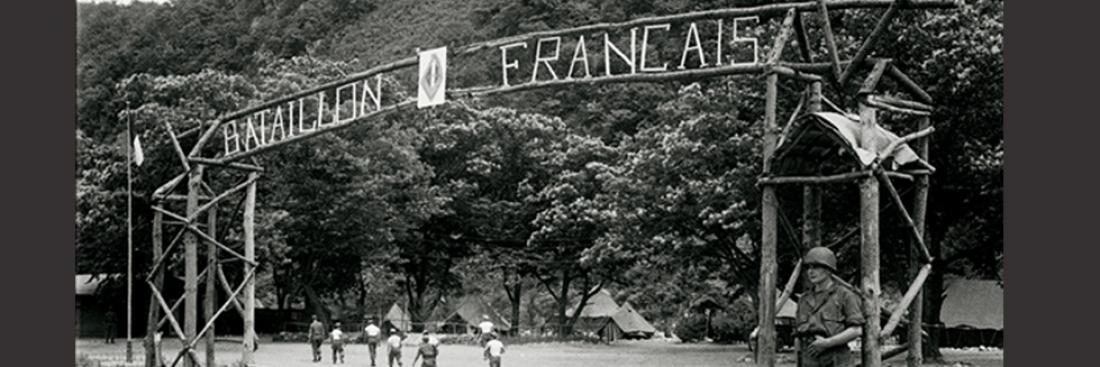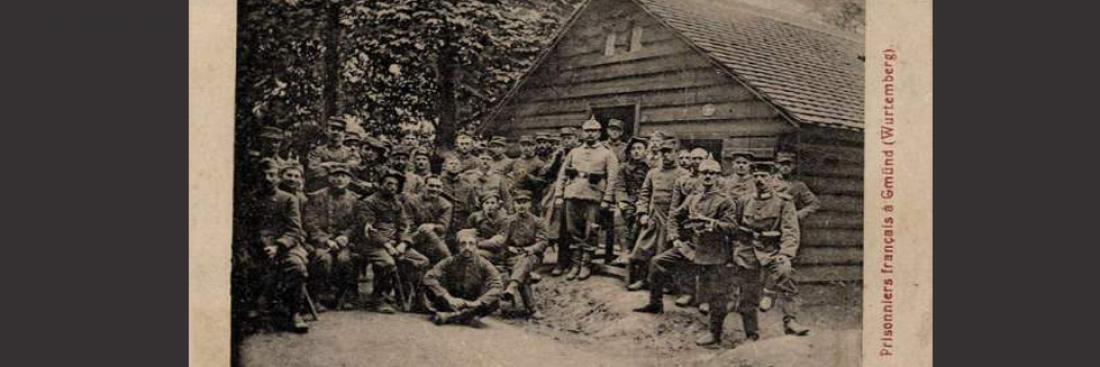Les vestiges du seul camp de concentration situé sur le territoire français actuel sont conservés au cœur des Vosges, à 800 mètres d’altitude. Le 1er mai 1941, au lieu-dit « Le Struthof », en Alsace annexée de fait par l’Allemagne du IIIe Reich, les nazis ouvrent un camp de concentration, le Konzentrationslager (KL) Natzweiler. Le prétexte : la présence, sur la montagne, d’un filon de granite rose, que les déportés devront exploiter pour les besoins architecturaux du IIIe Reich.
52 000 personnes, originaires de l’Europe entière, sont déportées au KL Natzweiler ou dans son réseau de plus de 50 camps annexes, répartis des deux côtés du Rhin. 60 % sont des déportés politiques et des résistants. Le KL Natzweiler a notamment été désigné par Heinrich Himmler pour recevoir tous les Nacht und Nebel (Nuit et brouillard) européens, ces résistants condamnés à mort et destinés à disparaître. D’autres catégories sont toutefois présentes : Juifs, Tsiganes, homosexuels, détenus de droit commun, asociaux, Témoins de Jéhovah, ou encore les femmes juives hongroises déportées en 1944, non exterminées pour les besoins de l’industrie de guerre du IIIe Reich.
Plus de trente nationalités européennes sont représentées parmi les déportés, avec une majorité de Polonais, de Russes et de Français.
À la fin de l’année 1943, le four crématoire, préalablement installé près de l’auberge du Struthof, est démonté et réinstallé dans une baraque du camp. Il permet d’éliminer plus facilement les morts, qui se font toujours plus nombreux.
Le 25 novembre 1944, un détachement de la 3e division d’infanterie américaine découvre le camp. Il est vide, car les nazis ont commencé son évacuation dès septembre. Mais le calvaire continue jusqu’à fin avril 1945 pour les déportés, transférés à Dachau et dans les camps annexes de Natzweiler.
De 1941 à 1945, environ 17 000 déportés meurent dans la nébuleuse Natzweiler, dont 3 000 dans le camp souche.
Le 23 juillet 1960, le général de Gaulle inaugure, sur le site, le Mémorial aux Héros et Martyrs de la déportation, ainsi que la nécropole nationale du Struthof, qui contient les dépouilles de 1117 déportés – hommes et femmes – français exhumés de différents camps et prisons d’Allemagne.
Aujourd’hui, l’ensemble du site est classé monument historique, propriété du ministère des Armées et géré par l’ONaCVG (Office national des combattants et des victimes de guerre).
- Le CERD, passerelle vers l’histoire
Lieu de mémoire et de culture, le Centre européen du résistant déporté (CERD), grand bâtiment de béton aux lignes épurées recouvert de pierres sombres, a été réalisé par l'architecte Pierre-Louis Faloci. Il accueille les visiteurs sur le site de l'ancien camp de concentration de Natzweiler-Struthof, devenu haut lieu de la mémoire nationale en 2014.
Inauguré le 3 novembre 2005 par le président de la République française, Jacques Chirac, le CERD rend hommage à ceux qui, partout en Europe, ont lutté contre l'oppression.
Conçu comme un lieu d'information, de réflexion et de rencontre, le CERD est une introduction à la visite du camp lui-même. Il est bâti sur un socle historique, la Kartoffelkeller, cave en béton armé de 110 mètres de long et 20 mètres de large, construite par les déportés en 1943.
Avec ses 2 000 m² de surface d'exposition, le CERD présente, à travers des salles pédagogiques, des projections de films, des expositions temporaires, permanentes ou artistiques, l'histoire des Résistances qui, dans toute l'Europe, se dressèrent contre la domination fasciste et nazie.
Géré par l'ONaCVG, le CERD emploie une trentaine de personnes et accueille près de 200 000 visiteurs par an, dont 100 000 élèves.



